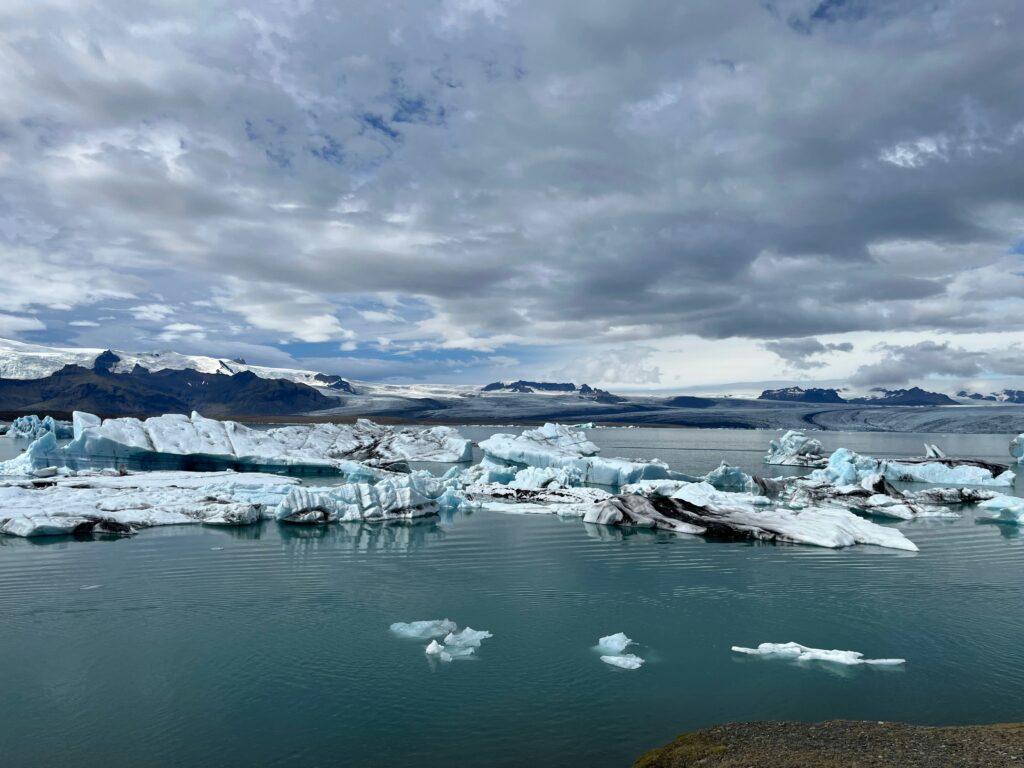Antarctica, once a remote wilderness, is experiencing unprecedented human pressure. Visitor numbers have soared from fewer than 8,000 annually in the 1990s to over 124,000 in 2023–24, with projections suggesting up to 450,000 by 2034. Tourists arrive mainly on expedition vessels, with more than 80,000 people stepping onto Antarctic soil last season. While guidelines by the International Association of Antarctica Tour Operators (IAATO) limit shore landings and enforce biosecurity checks, each trip still generates around 5.44 tonnes of CO₂ per passenger. Researchers warn that the sheer volume of visitors is overwhelming safeguards and leaving a harmful mark on fragile ecosystems.
Pollution and Melting Snow
A new study in Nature Sustainability reveals that human activity has increased concentrations of toxic metals such as nickel, copper and lead tenfold over the past four decades in populated areas. Beyond chemical contamination, tourism and research missions disturb wildlife, damage fragile flora, and risk introducing invasive species. The most alarming impact comes from black carbon emitted by ships, planes and generators, which darkens snow and accelerates melting. Scientists estimate that a single tourist can speed the melt of up to 100 tons of snow. Despite regulations banning heavy fuel oils and efforts to adopt hybrid ships, experts stress that only deep cuts in fossil fuel use and a shift to renewable energy can reduce the accelerating damage to Antarctica’s vulnerable environment.


